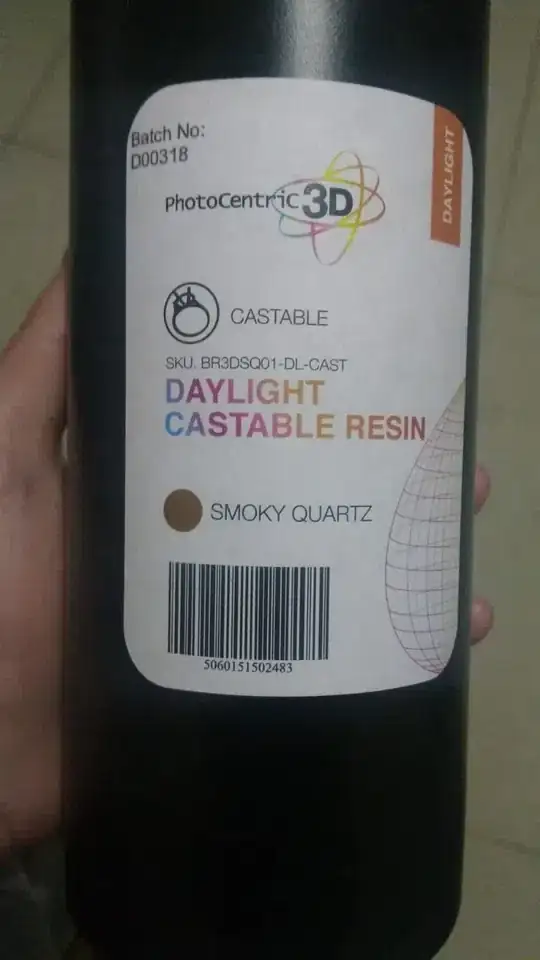Traditional lost molds.
The reason many jewelers use wax for making the molds for lost mold casting is, that it has (compared to plastic molding materials) a very low melting and boiling point, allowing to create molds with much lower temperature equipment.
A variant of green sand casting is done with materials that very quickly decompose in contact with the molten metal or that burn out after setting fire to them. Very common in this context is foamed styrene. Styrene melts and burns easily so it is easy to use in this way.
PLA has been used in some experiments as a positive and then molten out in a baking oven. It and other printing filaments are usually thermoplastics, so melting them out is similar to wax.
Resin is not soft wax or a thermoplastic.
No, in fact, most resins are a duroplastic, meaning that they don't melt.
If you print a positive from resin and then make a mold from that for lost mold casting, you go the traditional way. But most resins don't melt out the way wax does, and on contact with molten metal don'T evaporate the way wax residue does. You got to properly burn out the remains of the cured resin at a higher temperature and for a longer time than the wax as the melting point is much higher - use a proper burning oven. A proper burning oven in this relation reaches something like an email oven (1100 °C) or a clay burning oven (up to 1800 °C)
Putting the molds with the opening down into one of these ovens at high temperature should help a lot. Make sure to put a spacer and a tray below to allow better airflow and get the resin out.
Chemical Club.
Besides heat to destroy the resin, most resins could be solved by very highly aggressive chemicals. Which chemical works highly depends on what the resin actually is - if it is epoxy resin it would be the highly toxic CH2Cl2 while polyester resin is soluble in isopropanol and sulphuric acid.
Cold alternative?
If your product is to be made of a two-component resin or a ceramic that can be shaped cold and that sustains form, then you might also look at silicone molding. This is not an alternative for most metal castings. Among the very few exceptions is pewter, as PunishedPropsAcademy and Evan&Katelyn showed in their video and there are high temp silicones around that could be used repeatedly for pewter.
